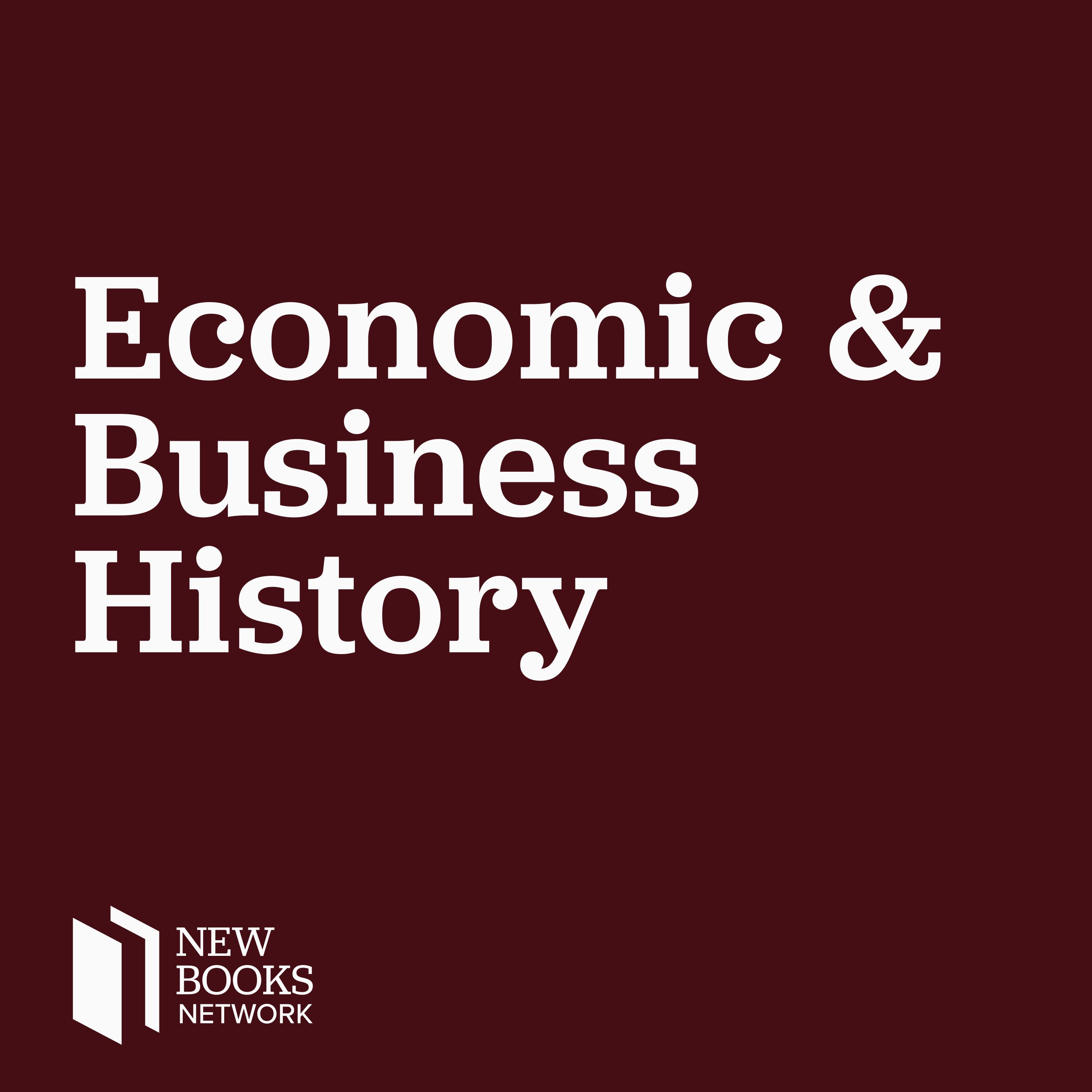
Amanda Phillips, "Sea Change: Ottoman Textiles Between the Mediterranean and the Indian Ocean" (U California Press, 2021)

New Books in Economic and Business History
Shownotes Transcript
Textiles were the second-most-traded commodity in world history, preceded only by grain. In the Ottoman Empire, in particular, the sale and exchange of silks, cottons, and woolens generated an immense amount of revenue. They touched every level of society, from rural women tending silkworms to pashas flaunting layers of watered camlet to merchants travelling to Mecca and beyond.
Sea Change: Ottoman Textiles Between the Mediterranean and the Indian Ocean) (U California Press, 2021) offers the first comprehensive history of the Ottoman textile sector, arguing that the trade's enduring success resulted from its openness to expertise and objects from far-flung locations. Amanda Phillips skillfully marries art history with social and economic history, integrating formal analysis of various textiles into wider discussions of how trade, technology, and migration impacted the production and consumption of textiles in the Mediterranean from around 1400 to 1800. Surveying a vast network of textile topographies that stretched from India to Italy and from Egypt to Iran, Sea Change illuminates often neglected aspects of material culture, showcasing the objects' ability to tell new kinds of stories.
*Tanja Tolar is a Senior Teaching Fellow at the School of Oriental and African Studies in London.*
Learn more about your ad choices. Visit megaphone.fm/adchoices)